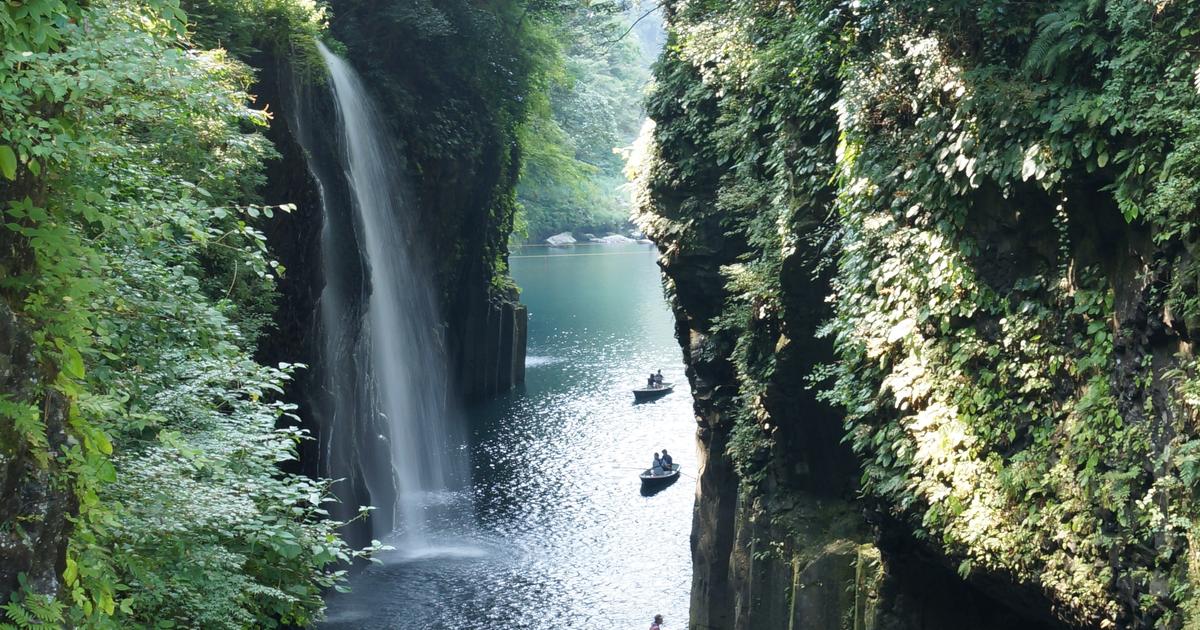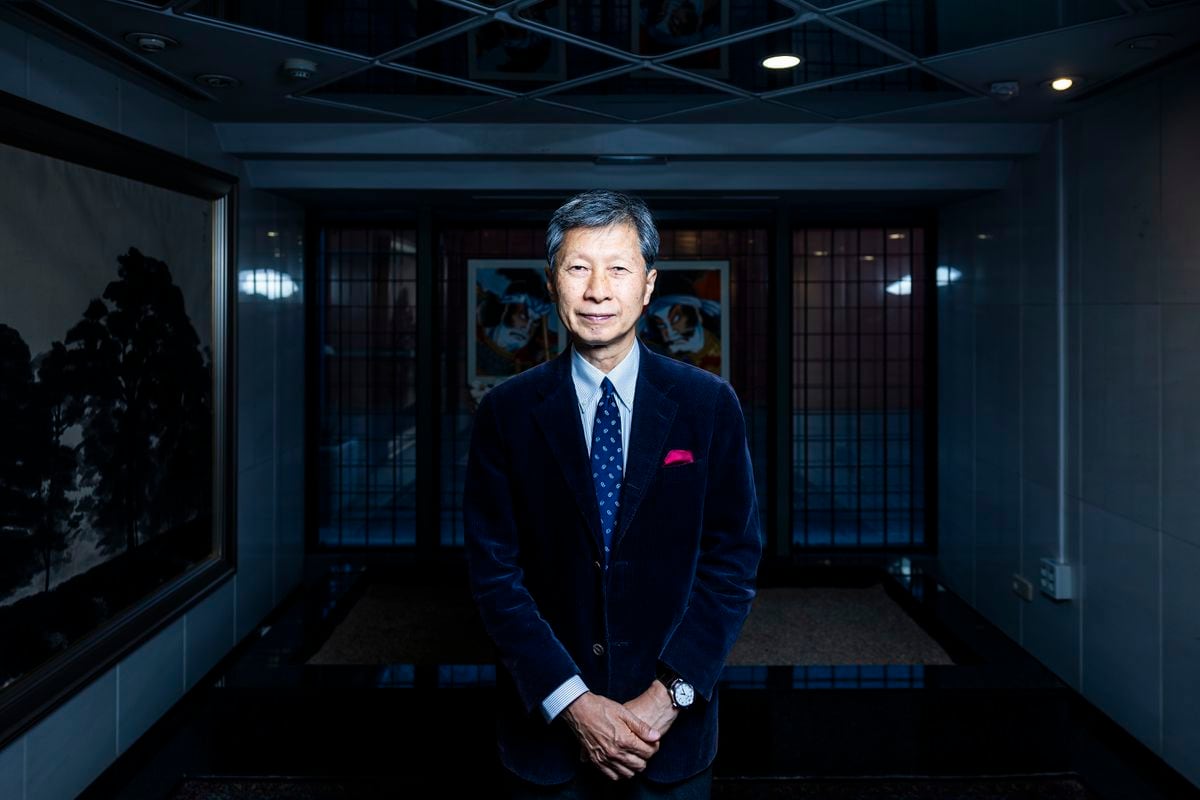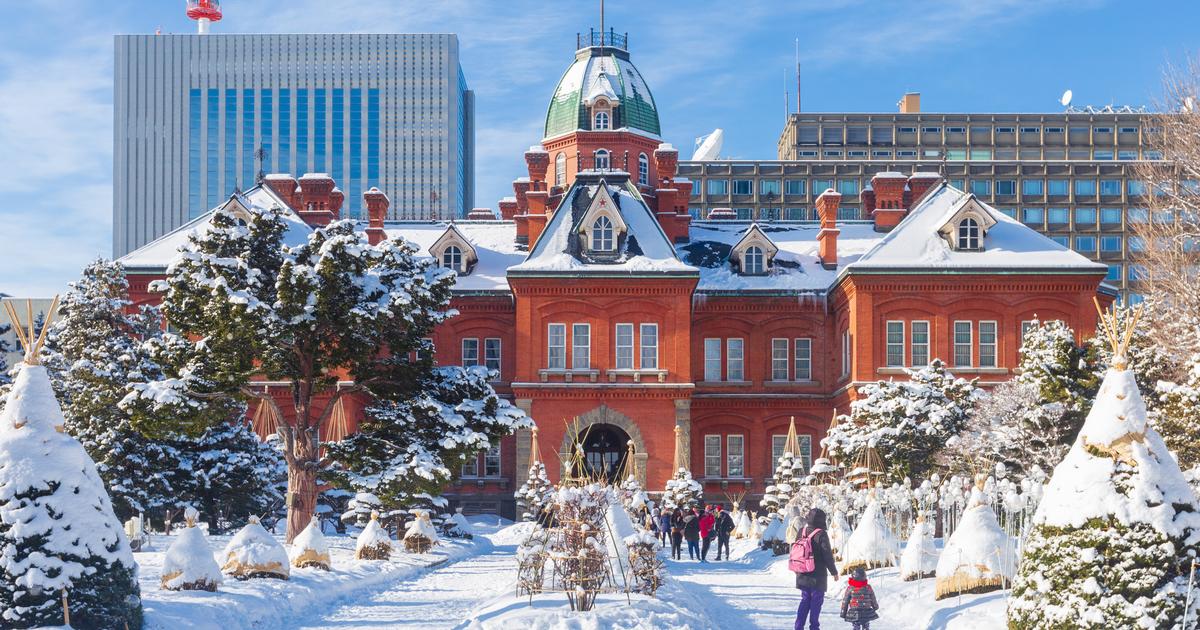In a world increasingly overwhelmed by speed and modernity, everyone feels the need to take a break.
To restore meaning to one's existence, rediscover a taste for beauty and authenticity... If this legitimate aspiration goes through a desire to change horizons, it is also accompanied by the desire to survey lands steeped in history. (s): man has, it is said, just as much need of roots as of wings to accomplish himself in serenity.
Ancient Shinto ritual of Takachiho Kagura.
Japanese National Tourist Board
Rich in centuries-old traditions drawing their inspiration from respect for the cycles of nature and time, Japan has managed to keep its immeasurable diversity intact.
For the traveler in search of new experiences, the Japanese archipelago is the ideal destination: the sublime poetry of its landscapes invites the conscience to calm down.
And the soul to marvel in the contemplation of celebrations where art and spirit are intimately linked.
Evidenced by the traditional dance ceremony Takachiho-no-Yokagura, the
kagura
which takes its name from the city of Takachiho (located in the north of Miyazaki prefecture, on the island of Kyūshū), where its practice has been transmitted for eight hundred years!
Finding its origin in the most ancestral of Shinto cultures, this highly codified ritual is performed by masked performers between November and February in honor of the local deity in order to thank her for past and future harvests.
In its entirety, Takachiho-no-Yokagura is made up of 33 choreographed scenes evoking legendary fights against demons, celebrations, weddings... Each night, four of the main scenes (the dances of Tajikarao, Uzume, Totori and Goshintai) are represented within the Takachiho-jinja shrine, an almost two-thousand-year-old building listed as a national tangible cultural property.
Yokagura, for its part, has been listed as intangible folk cultural property since 1978 – insofar as this tradition has contributed to forging the performing arts in Japan – it is therefore a doubly heritage immersion in Japanese culture that we do here.
It can also be tripled if you complete your visit with a boat trip in the Takachiho gorges: shaped by the lava flows of Mount Aso, they lead to the vertiginous Manai falls, which are among the 100 most beautiful in the country.
we perform here.
It can also be tripled if you complete your visit with a boat trip in the Takachiho gorges: shaped by the lava flows of Mount Aso, they lead to the vertiginous Manai falls, which are among the 100 most beautiful in the country.
we perform here.
It can also be tripled if you complete your visit with a boat trip in the Takachiho gorges: shaped by the lava flows of Mount Aso, they lead to the vertiginous Manai falls, which are among the 100 most beautiful in the country.
Kurokawa, or Noh in his village
Ancient theatrical art in Kurokawa Japan National Tourist Office
Other centuries-old traditions have something to transport the visitor.
Like this authentic total artistic and sensory experience that you have to discover in the nô village of Kurokawa, located in the heart of Yamagata prefecture.
This one being in the northern part of Honshū – the main island –, we cannot recommend too much to make the trip by favoring the rail links.
And in particular the famous Shinkansen allowing you to join Shin-Yatsushiro to Shinjō in several stages, enjoying a succession of breathtaking panoramas.
From Shinjō, regular lines lead to Tsuruoka, the nearest town to Kurokawa.
The trip may seem long to the Western visitor who is used to hurrying;
in reality,
it participates in his deconditioning and prepares him to encounter another era, another way of life.
For five hundred years, the inhabitants of Kurokawa have perpetuated a double tradition: in addition to their agricultural activities, the members of this isolated village community have devotedly maintained a form of art born of sacred rites, different from the traditional Noh, which earned it official recognition as an Important Intangible Folk Cultural Property in 1976. A day there includes a meeting at the Ogi Kaikan Cultural Center as well as a visit to the Kasuga-taisha shrine, the neighboring building and birthplace of this theatrical performance.
A Noh master guides us through the treasures and mysteries of a practice as impressive as it is elegant, presenting the movements, the gestures,
the costumes or masks inseparable from this tradition.
To feel more in osmosis with this miraculously preserved setting, lunch will offer to taste typical local dishes, prepared with tofu and usually served during the annual Ogi-sai festival.
The discovery of the Shimo-za – the house chosen to welcome the gods during the Ogi-sai – closes the visit.
Leaving the village of Kurokawa does not mean forgetting it.
First, because paying him the respectful homage of a visit helps to keep his artistic history alive as well as to maintain the ancient traditions of Japanese performing arts.
Then, because it leaves in the memory of those who have crossed it – and loved it – the inalienable memory of a moment of grace outside the race of the needles.
A little of this magic of which Japan proves to be the custodian and which it lavishes so generously on whoever comes to greet it...
For more information and activities visit: www.japan.travel/fr/fr/voyager-durable/















